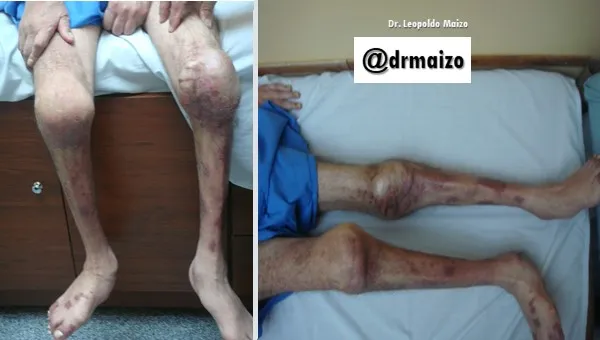
Lower limb dysmetry
Lower limb dysmetry means that the legs have different lengths. That is, one leg is longer than the other when the hips are at the same level.
This difference can be found in the thigh, in the leg, in the foot or in all of them. Most cases are smaller than 1 cm. They are hardly noticeable. They are part of the normal asymmetry between one side of the body and the other, but other cases attract attention and cause serious disorders when they exceed 3cm in length.

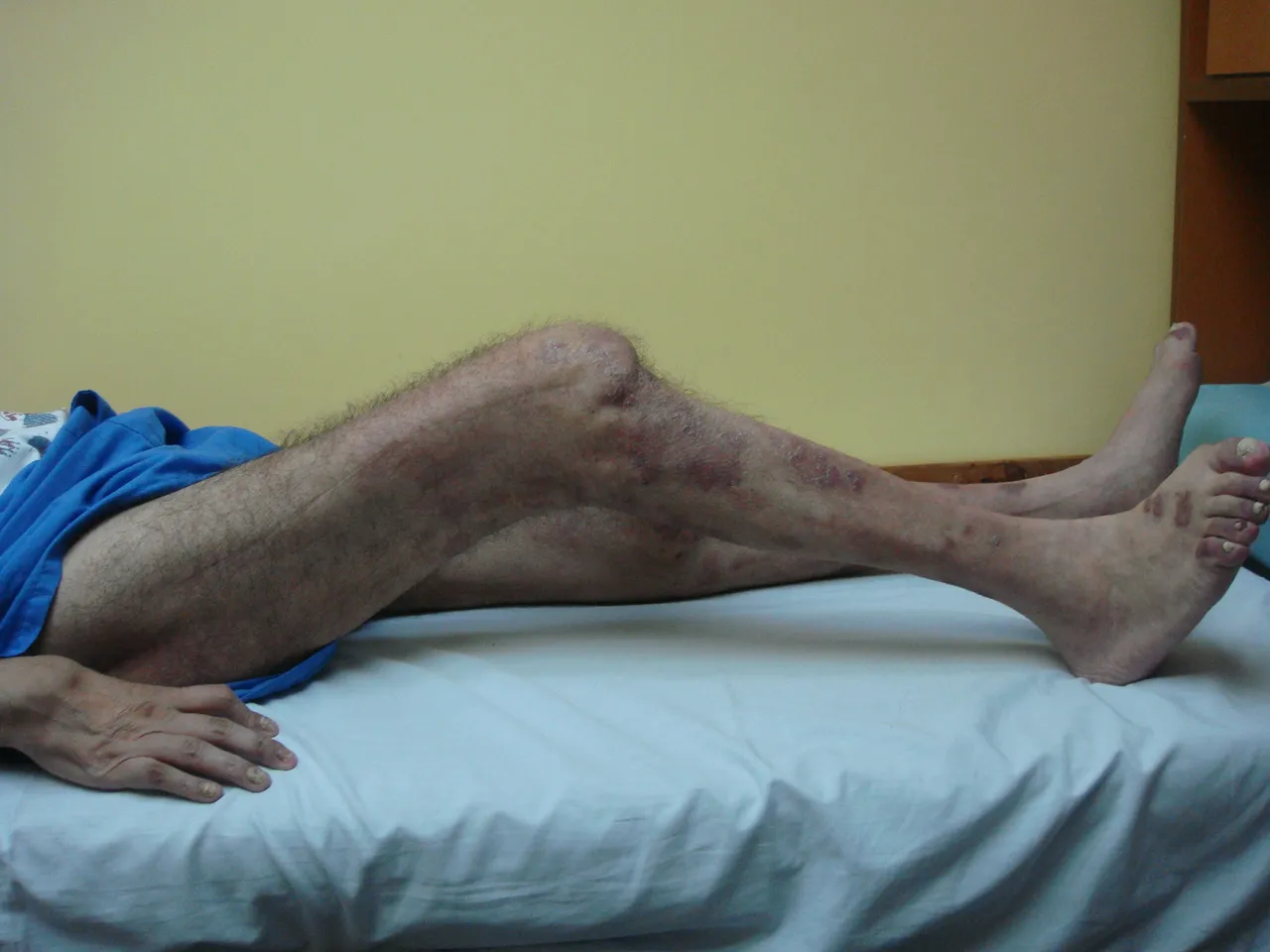
Discrepancy
The leg length discrepancy is a fairly frequent alteration in our environment and constitutes a problem not only from an aesthetic point of view, but also from a functional point of view. As it is well known the human being is not symmetrical, that is to say the half of a side is not exactly equal to the half against side, this is evident in the length of the legs, the human being tolerates differences up to 1,5 cm. without producing any alteration, major discrepancies can produce increase of the energetic expense due to which the shortest leg has to elevate more the pelvis during the march, it can also cause scoliosis (deviation of the spine) and pain in the back.
Inequality in the length of the lower extremities can be idiosyncrasy of the child (unknown cause) or caused by trauma and infections that injure the body (bone growth nucleus), by asymmetric paralysis (Example: poliomyelitis, cerebral palsy), by tumours, by all those pathologies in which bone growth is affected (Rheumatoid Arthritis) or by hypervascularisation that occurs after a fracture; in all these cases asymmetric growth is favoured.

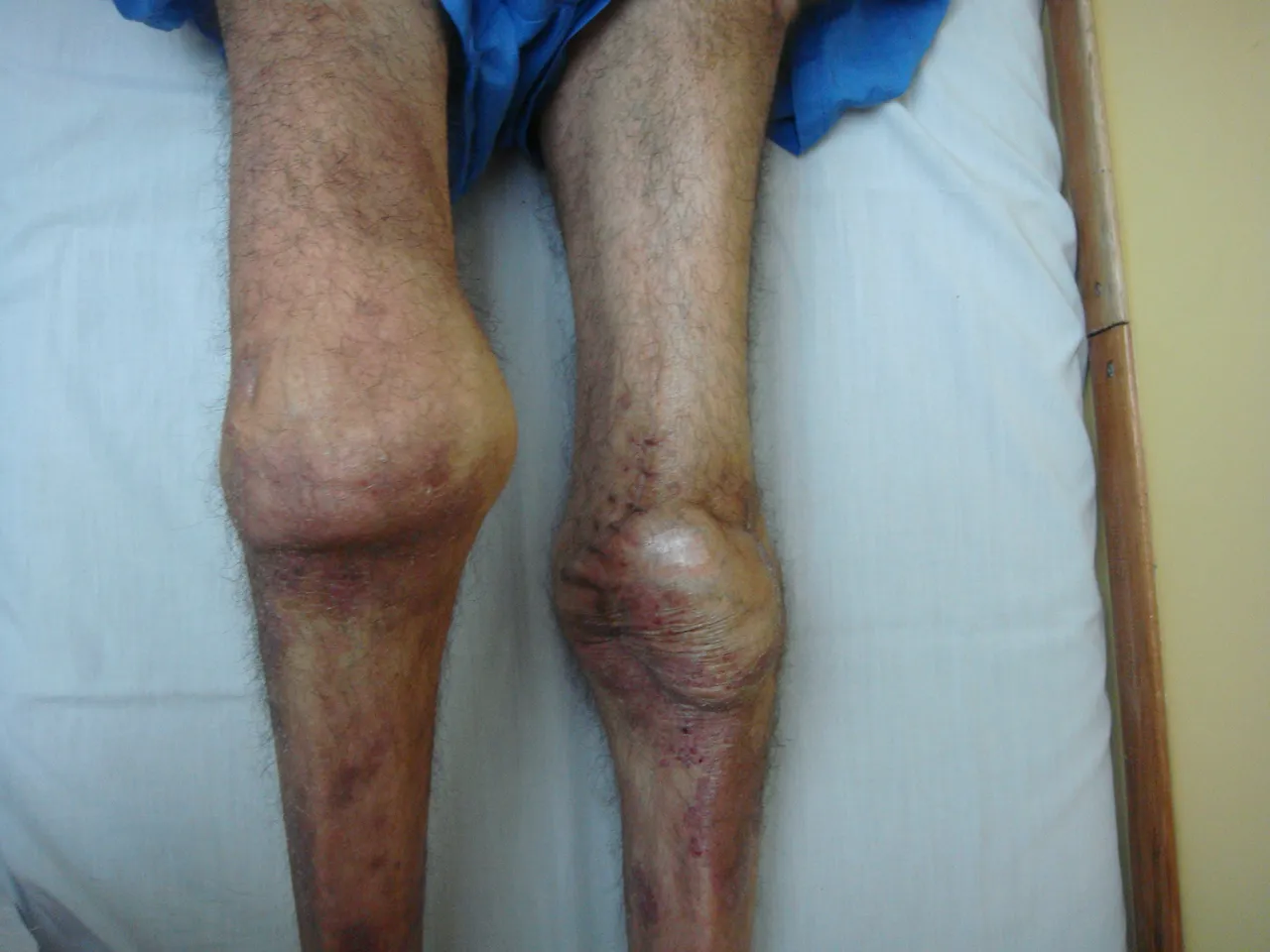
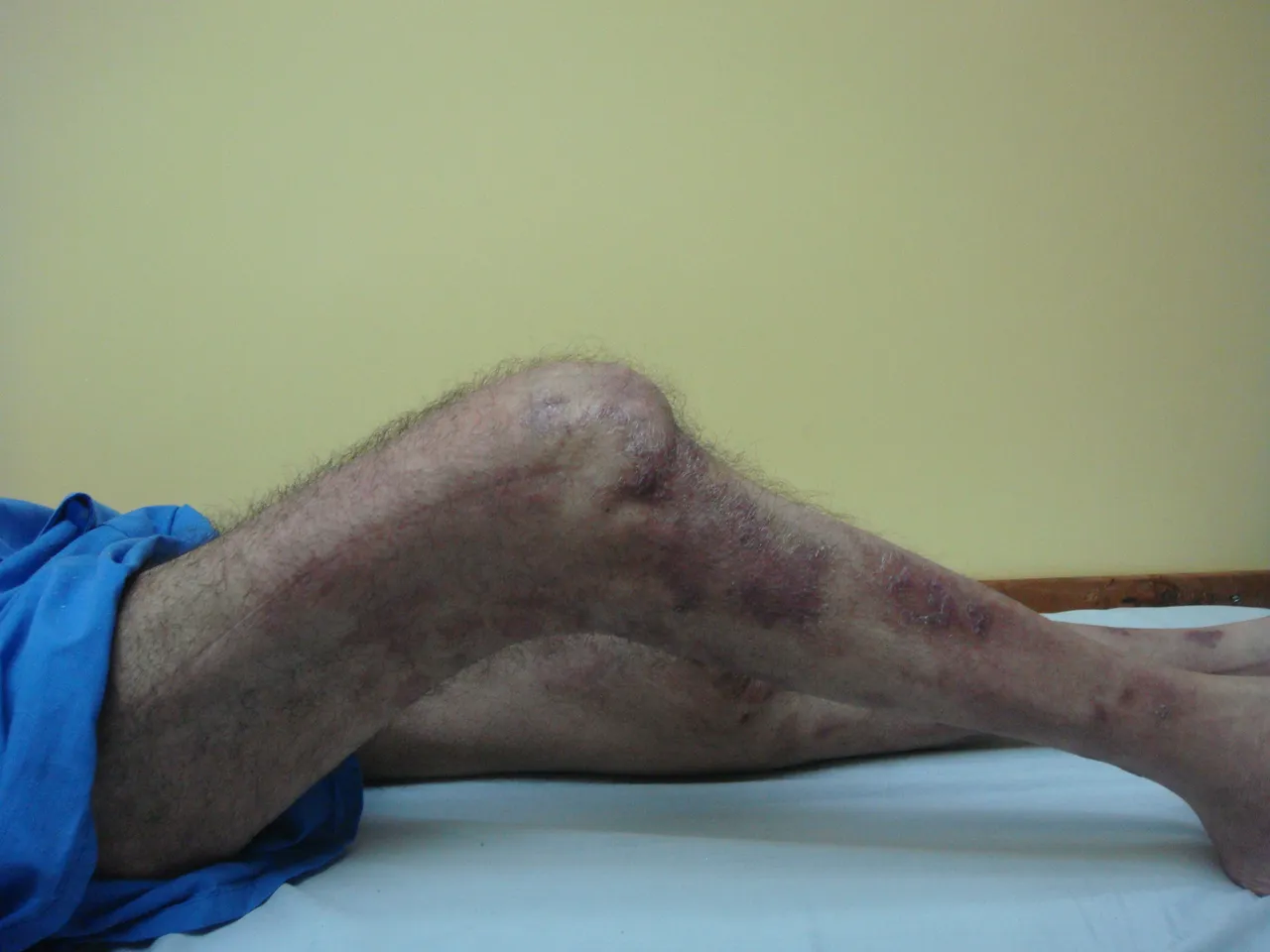
Treatment
The treatment of inequality in the length of the lower limbs has to be adapted to the specific picture and individual needs of each patient. Treatment plans can only be formulated after careful assessment, which consists of a study of the patient's chronological and skeletal ages (bone age), the current length discrepancy and the possible length discrepancy at the time the child reaches skeletal maturity, the cause of the disorder, the functional state of the joints, the social and psychological background of the child and his or her family.
There are four types of treatment to match the length of the limbs:
- Shoes with hips or conversion prostheses
- Epiphysiodesis (closure of the bone growth nucleus) at the appropriate age of the unaffected leg so that the affected leg reaches the same length.
- Shortening of the leg of greater length (in patients with excessive ages for epiphysiodesis).
- Shorter leg lengthening
The objectives of the treatment are to balance the spine and pelvis, equal the length of the legs and correct the mechanical axis of load, so as to allow harmonious growth and integrate the child into their activities early, thus preventing possible repercussions from the psychological point of view.
Dr. Leopoldo Maizo - Orthopedic Surgeon

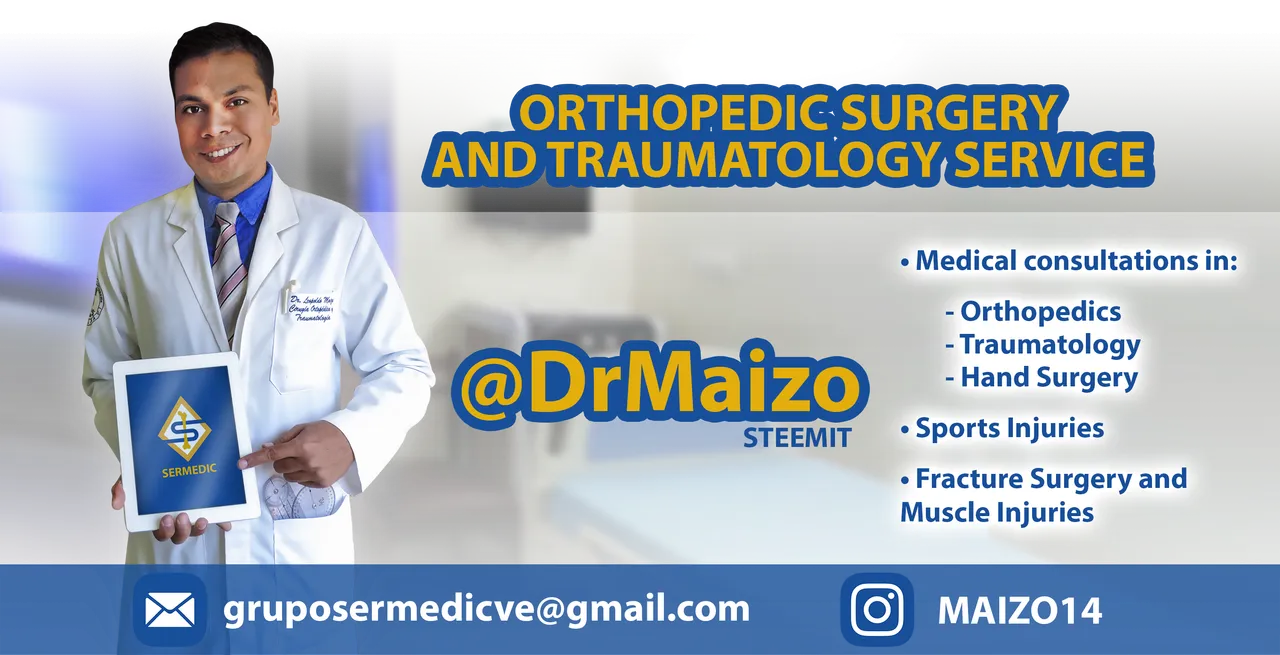
Firma diseñada por @themonkeyzuelans, contáctalos vía Discord "themonkeyzuelans#9087"
Great projects from the Steemit community:
- My Fundition campaign: https://fundition.io/#!/@drmaizo/6f88ggj8h



